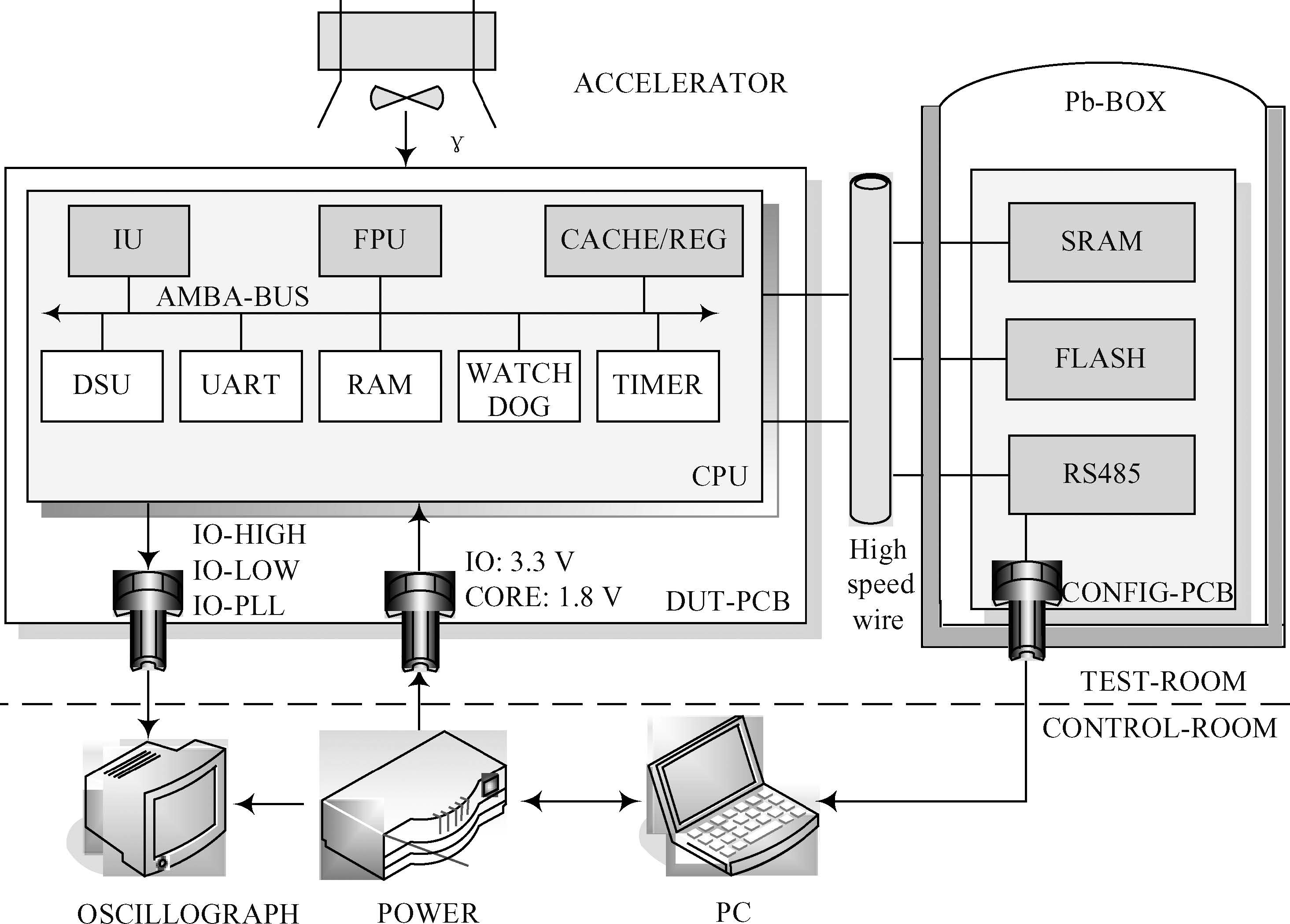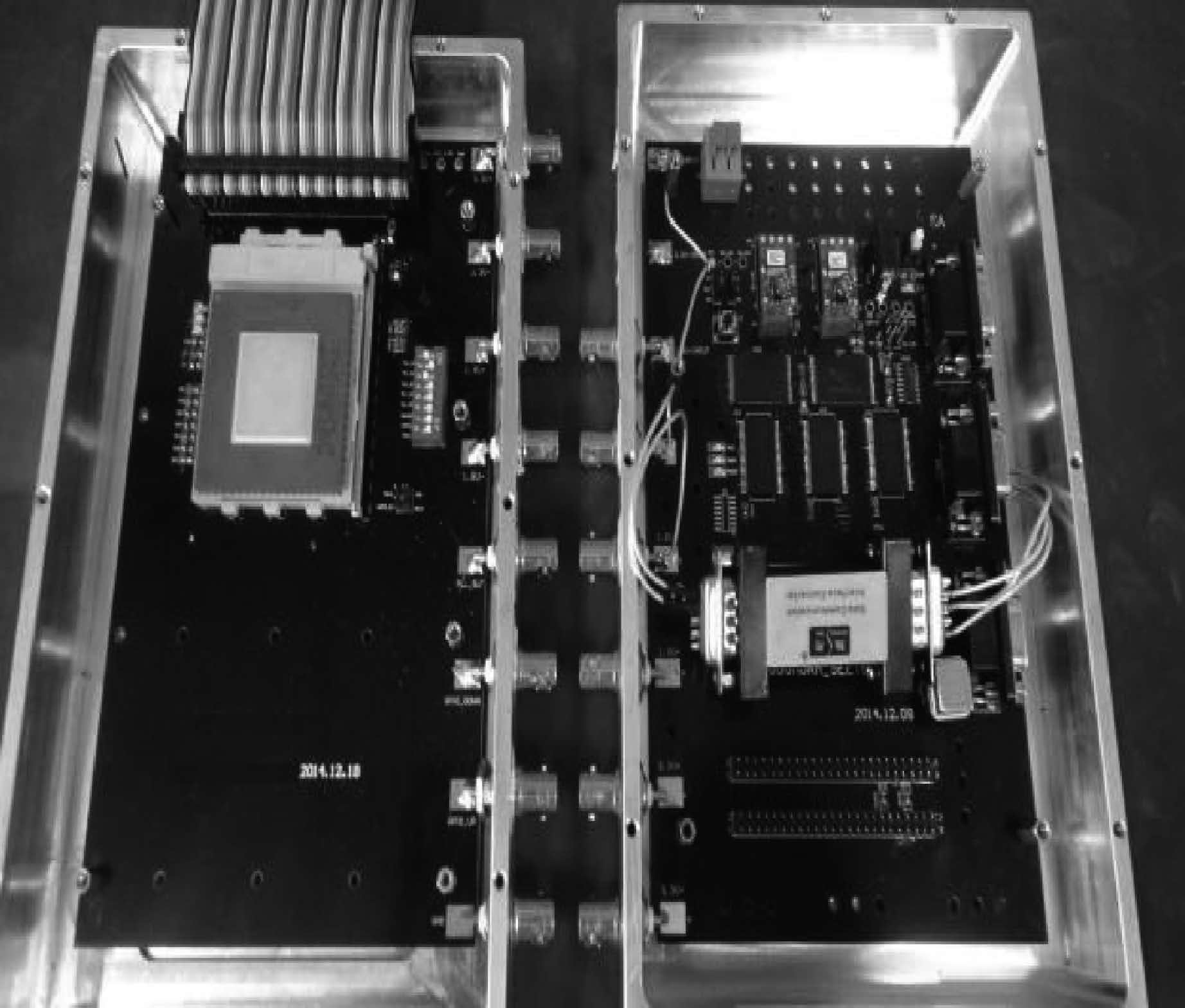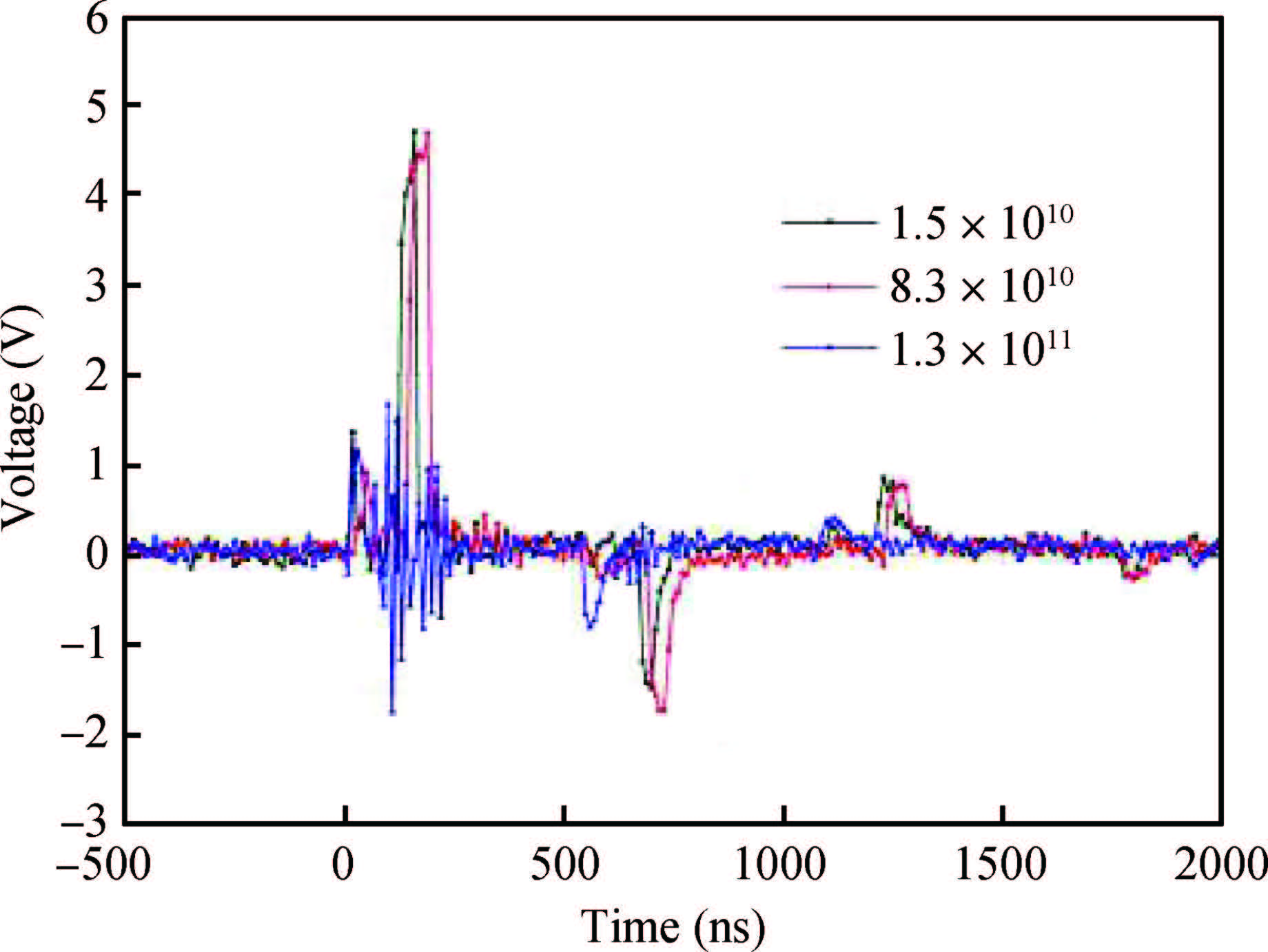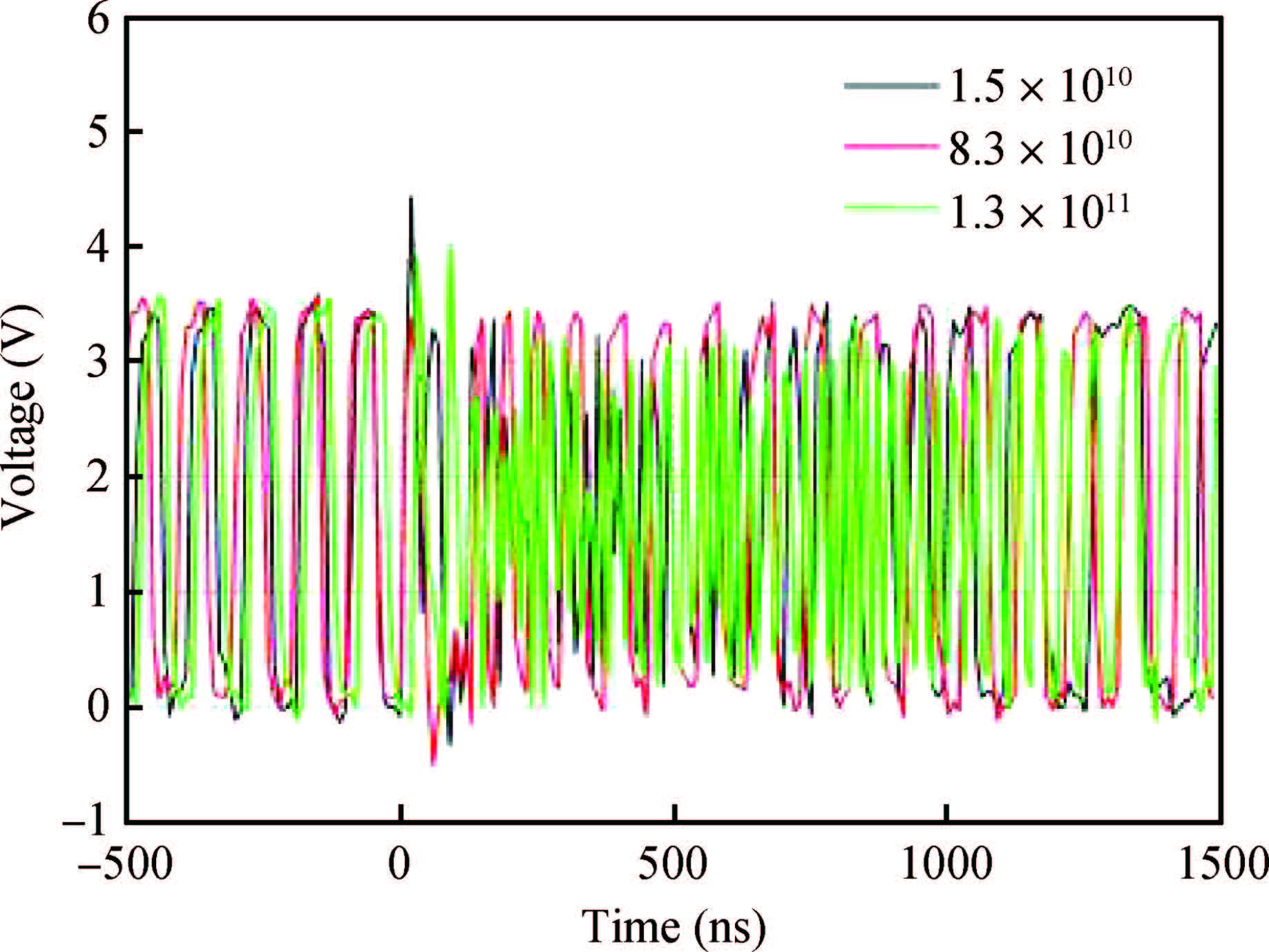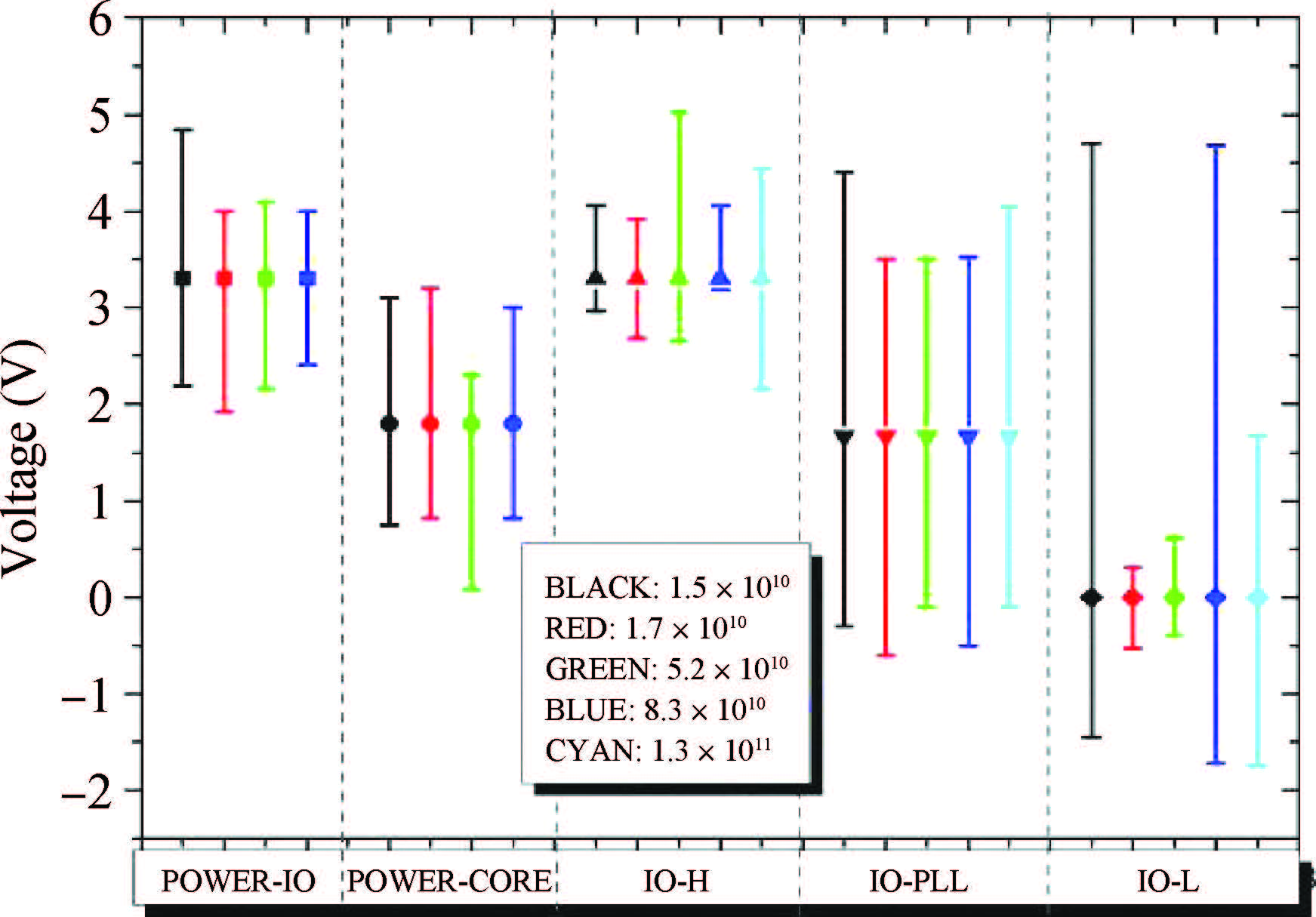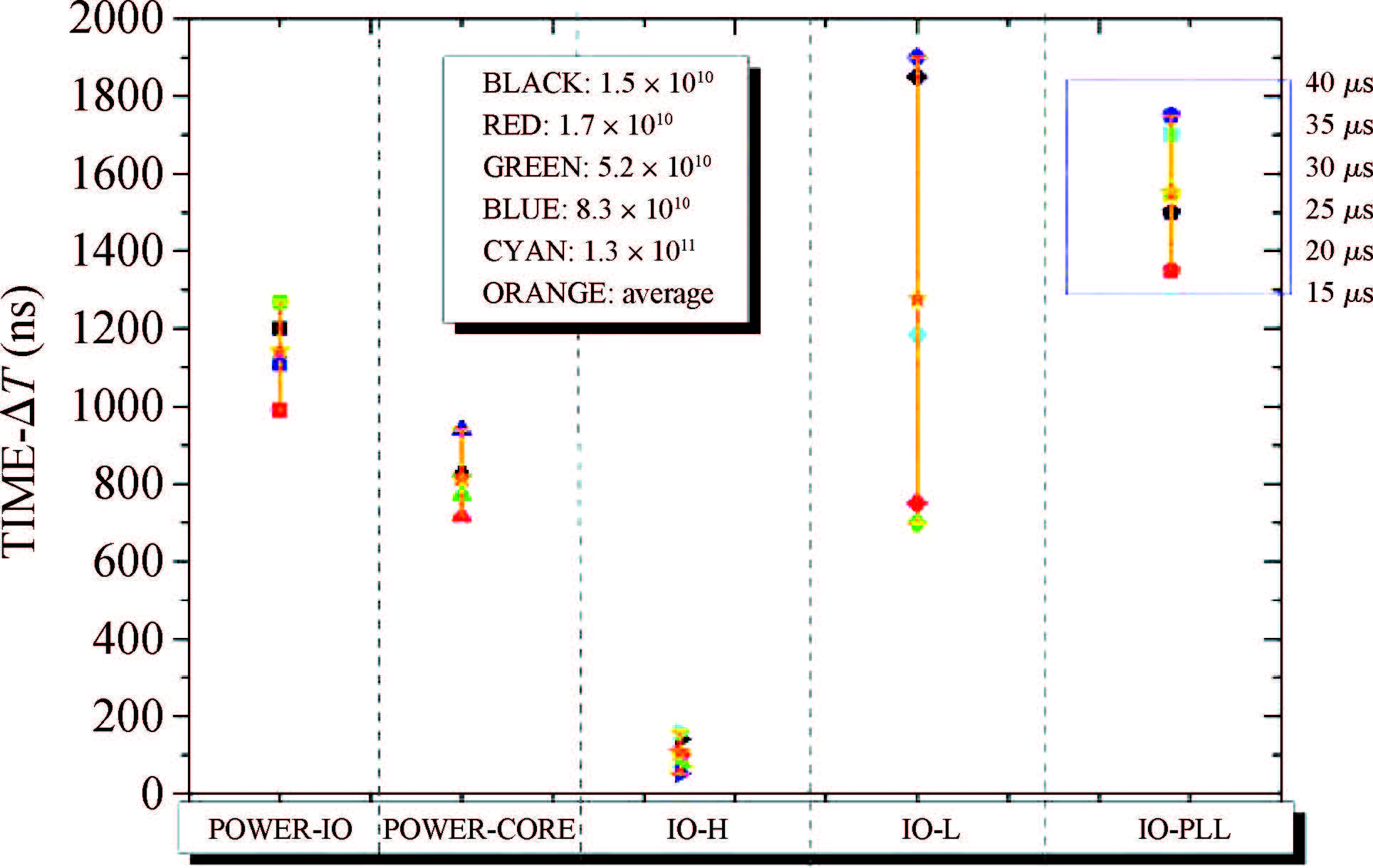| Citation: |
Yuanfu Zhao, Hongchao Zheng, Long Fan, Suge Yue, Maoxin Chen, Shougang Du. Experimental research on transient radiation effects in microprocessors based on SPARC-V8 architecture[J]. Journal of Semiconductors, 2015, 36(11): 114008. doi: 10.1088/1674-4926/36/11/114008
****
Y F Zhao, H C Zheng, L Fan, S G Yue, M X Chen, S G Du. Experimental research on transient radiation effects in microprocessors based on SPARC-V8 architecture[J]. J. Semicond., 2015, 36(11): 114008. doi: 10.1088/1674-4926/36/11/114008.
|
Experimental research on transient radiation effects in microprocessors based on SPARC-V8 architecture
DOI: 10.1088/1674-4926/36/11/114008
More Information
-
Abstract
An experimental system is developed for the transient radiation effects testing of an anti-radiation hardened processor. Based on this system, the transient radiation effects in a microprocessor based on SPARC-V8 architecture was investigated. The dose-rate-soft-error index parameters of the processor were determined according to the test results, as were the influences on the function and timing parameters of the processor. The power supply balance is affected, which caused the system to reset and be the main source of soft errors. The results showed the circuit recovery time is primarily determined by the internal PLL, while the core power and the output-low-IO ports are more sensitive to the transient dose rate effect. The power-integrity-hardened design is proposed to mitigate the transient radiation effect. -
References
[1] [2] [3] [4] [5] [6] [7] [8] [9] [10] [11] -
Proportional views





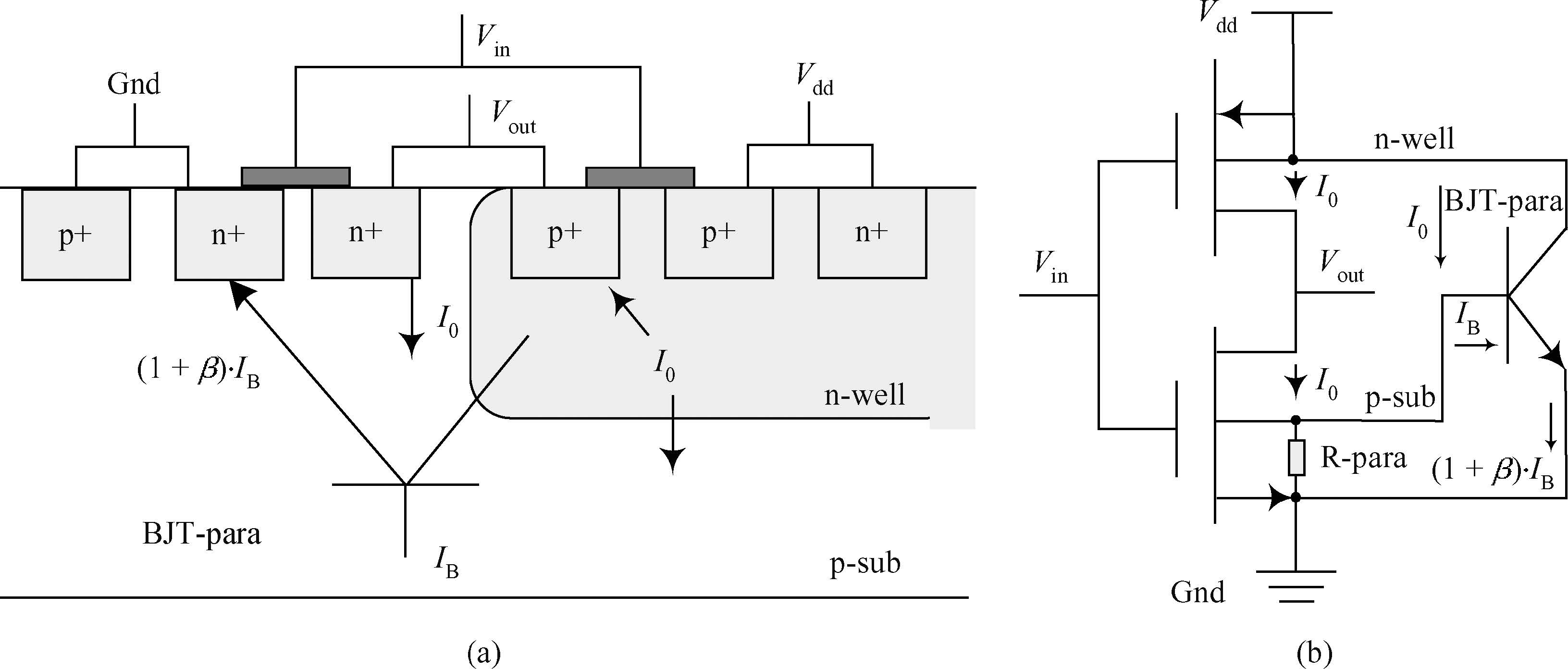
 DownLoad:
DownLoad:
